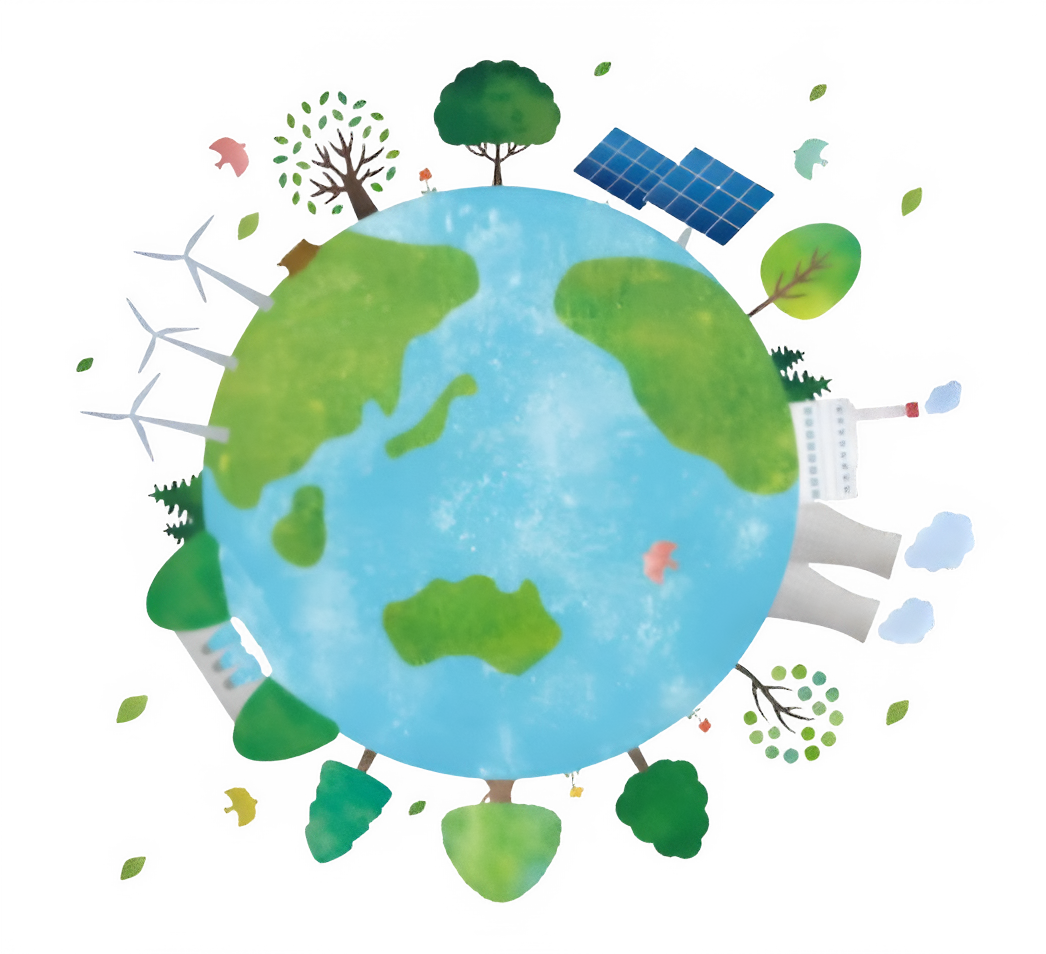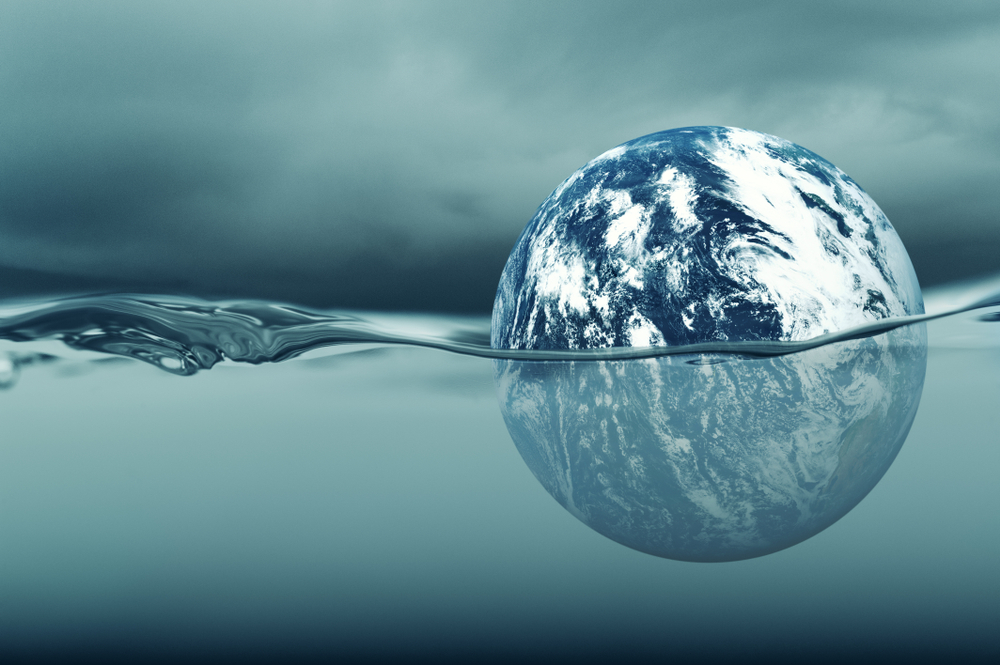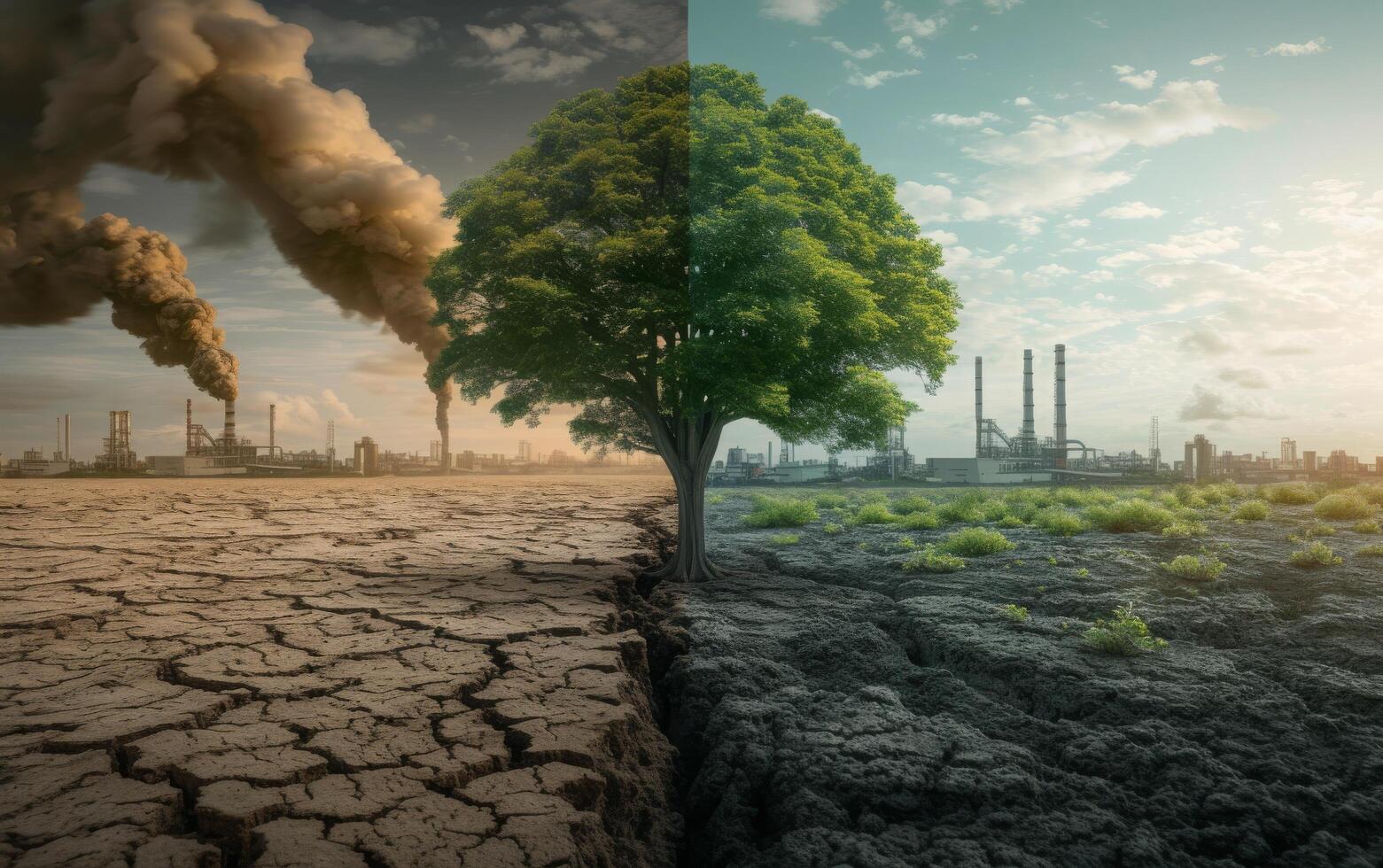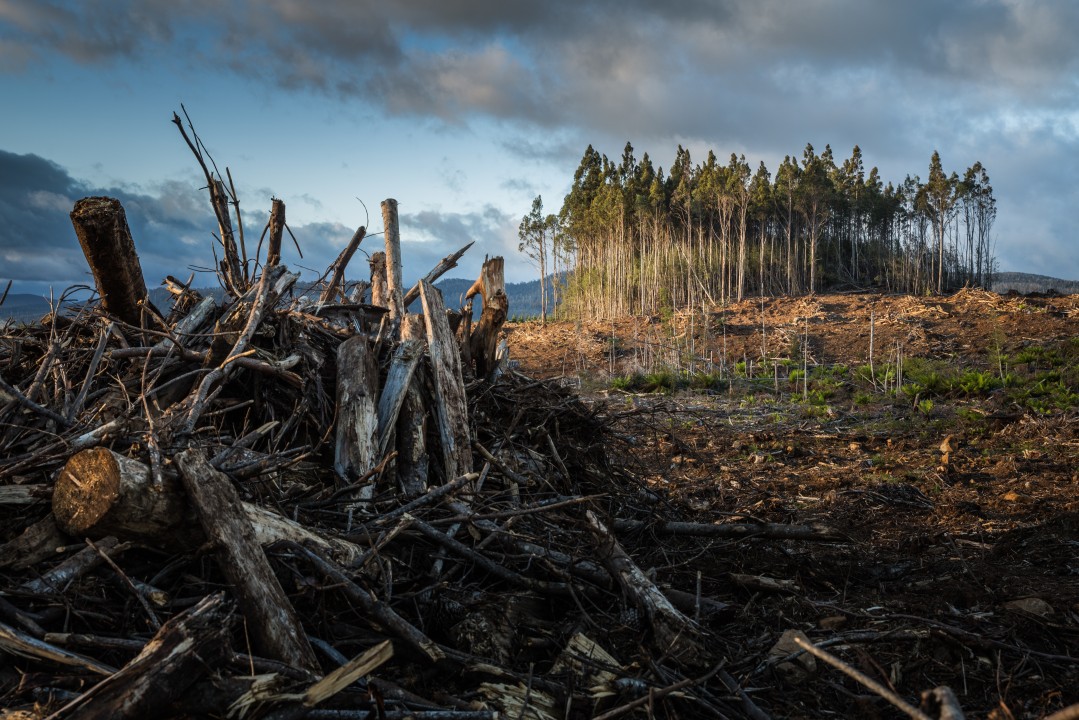Quick Links

Understanding Climate Change
Explore the profound impacts of climate change and its intricate connections with the Sustainable Development Goals (SDGs).
What is Climate Change?
Climate change refers to significant, long-term changes in global temperatures and weather patterns. While climate variations have occurred naturally over time, the rapid changes observed since the 20th century are predominantly attributed to human activities, especially the burning of fossil fuels, deforestation, and industrial processes.
Why It Matters
Climate change poses existential threats to ecosystems, economies, and communities worldwide. Rising temperatures, sea-level rise, and increased frequency of extreme weather events endanger food security, health, and livelihoods. Addressing climate change is crucial for sustainable development and the well-being of future generations.

Impacts on Sustainable Development Goals (SDGs)
Climate change significantly affects the achievement of various SDGs, including:
- SDG 1: No Poverty – Climate-induced disasters can push vulnerable populations into poverty.
- SDG 2: Zero Hunger – Agricultural productivity declines due to changing climate patterns, affecting food security.
- SDG 3: Good Health and Well-being – Increased prevalence of climate-sensitive diseases and health risks.
- SDG 6: Clean Water and Sanitation – Altered water cycles lead to water scarcity and quality issues.
- SDG 13: Climate Action – Necessitates urgent measures to combat climate change and its impacts.
Climate Change: Past vs. Present
| Aspect | Past Climate Variations | Current Climate Change |
|---|---|---|
| Causes | Natural factors like volcanic eruptions, solar radiation variations | Predominantly human activities such as fossil fuel combustion, deforestation |
| Rate of Change | Gradual over millennia | Rapid changes over decades |
| Impacts | Allowed ecosystems to adapt | Severe stress on ecosystems and human systems |
Adaptation and Mitigation Strategies
To address climate change, a combination of adaptation and mitigation strategies is essential:
Adaptation Strategies
Adjusting practices, processes, and structures to minimize harm from climate impacts, such as developing drought-resistant crops and building resilient infrastructure.
Mitigation Strategies
Efforts to reduce or prevent the emission of greenhouse gases, including transitioning to renewable energy sources, enhancing energy efficiency, and reforestation initiatives.

Challenges in Combating Climate Change
Several challenges hinder effective climate action:
- Political and economic interests conflicting with environmental policies.
- Insufficient funding and investment in sustainable technologies.
- Lack of public awareness and education on climate issues.
- Global disparities in responsibilities and capacities to address climate change.
Future Outlook
The future trajectory of climate change depends on the actions taken today. Positive signs include the global shift towards renewable energy sources, increased reforestation efforts, and international agreements like the Paris Agreement aiming to limit global warming. However, achieving these goals requires collective action, technological innovation, and a commitment to sustainable development practices across all sectors of society.

Conclusion
Climate change is one of the most pressing challenges of our time, with far-reaching impacts on the environment, economies, and societies. Integrating climate action into the Sustainable Development Goals framework is essential to ensure a holistic approach to sustainable development. By addressing the challenges and leveraging opportunities, we can pave the way for a resilient and sustainable future for all.